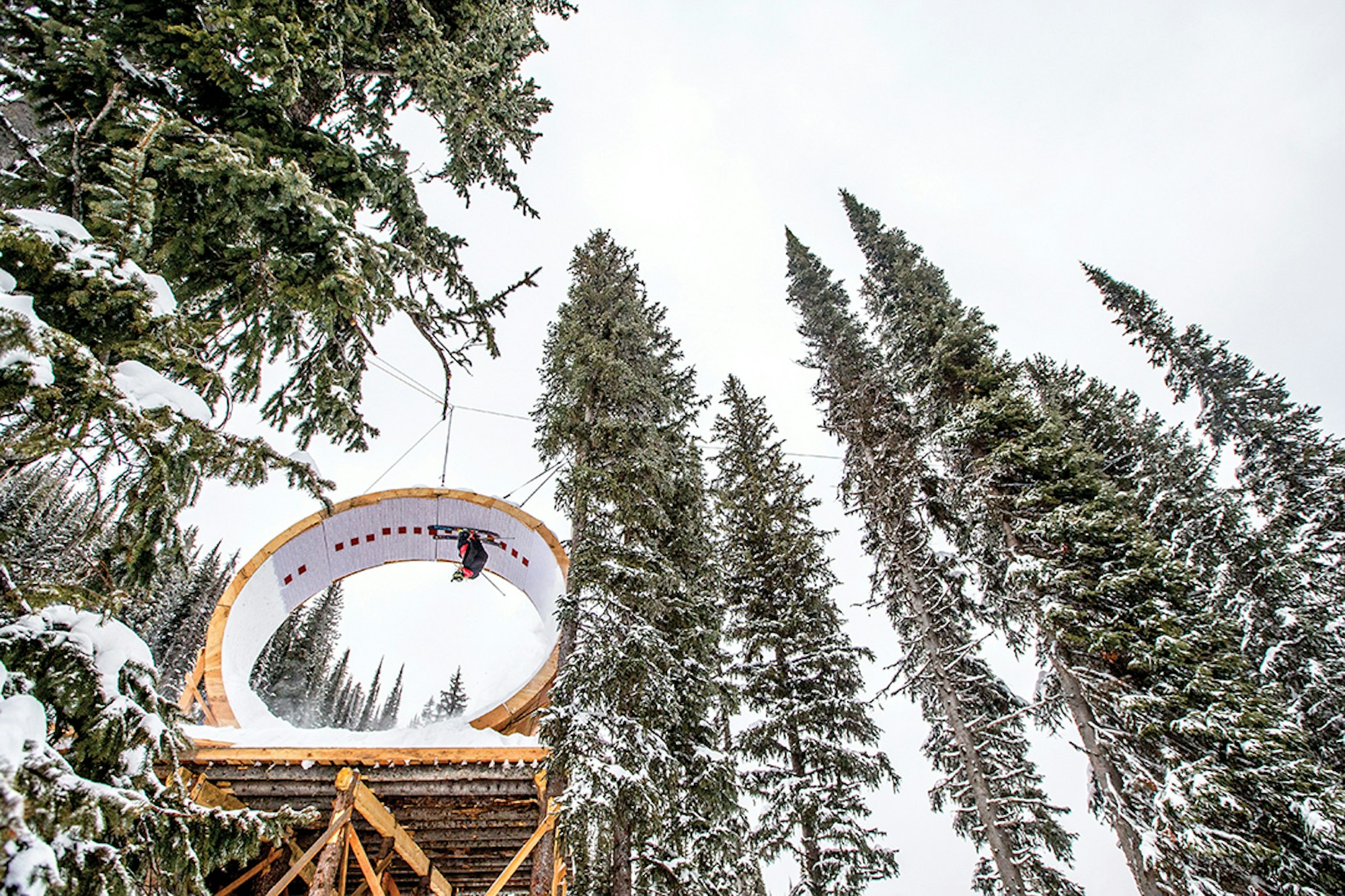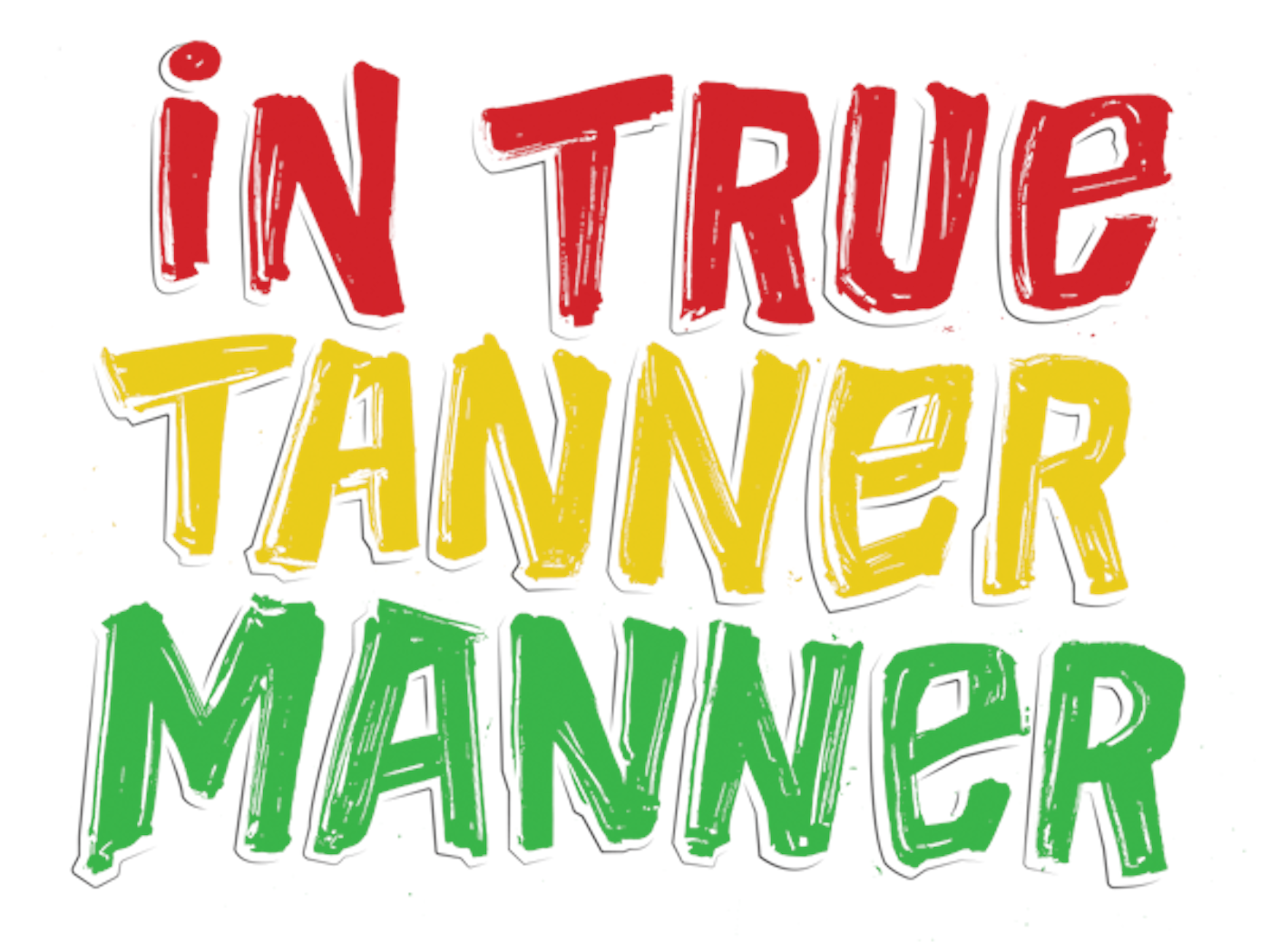
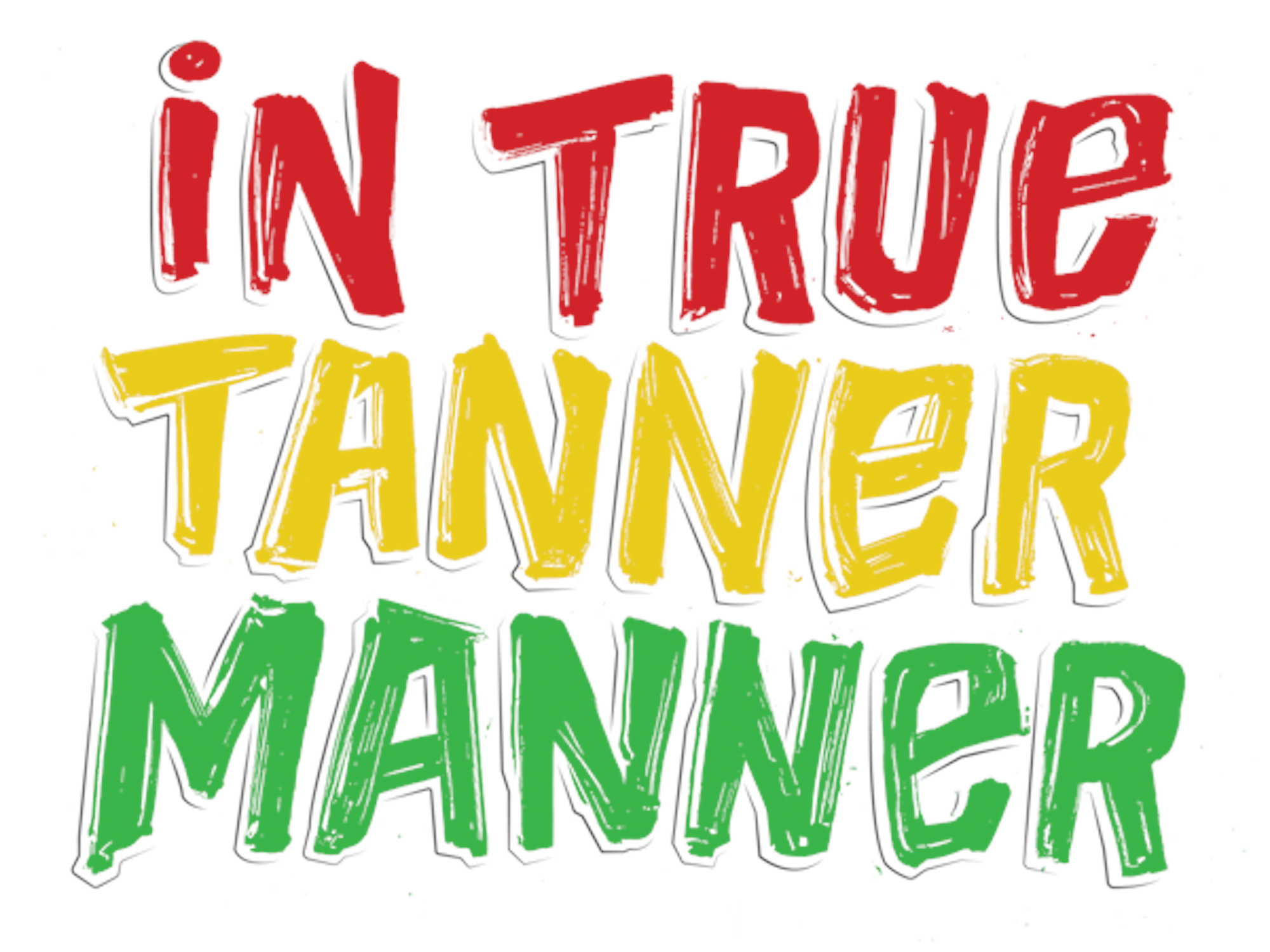
“Can I call you back in a minute?” Tanner Hall says to me. “I gotta go pay for this gas real quick.”
It’s no surprise to me that Hall is on the move. The road is basically home these days for the 33-year-old who spends his time chasing powder snow. When Hall phones me back, I learn the road will become home, officially; the man explains that he’s en route from Lake Tahoe, California to Bend, Oregon to collect a new acquisition.
“I just bought a huge Sprinter camper van,” he says. “It’s 24 feet long, four-wheel drive, built out by Winnebago. So, I’m going to go pick that up, drive it to Montana and put some big wheels on it and brush guards and all that good stuff.” Then, with characteristic aplomb, he adds, “F#ck a house, f#ck utilities, property tax, mortgages, dealing with banks and all that sh#t.”
In a professional skiing career that spans a decade and a half, Hall has picked up a lot of labels. He’s gone from child prodigy and breakout star to undisputed champion, then transitioned to seasoned veteran, then living legend and finally just his own signature nickname: Ski Boss. He’s certainly been called other, less flattering names at those times when his fiery attitude and penchant for speaking his mind got the better of him. Yet, ever since the Kalispell, Montana native first burst into skiing’s collective consciousness, the label that seems to fit best is simply: ski bum. All the titles, trophies, words of praise and criticism aside, Hall is still in it for the skiing.
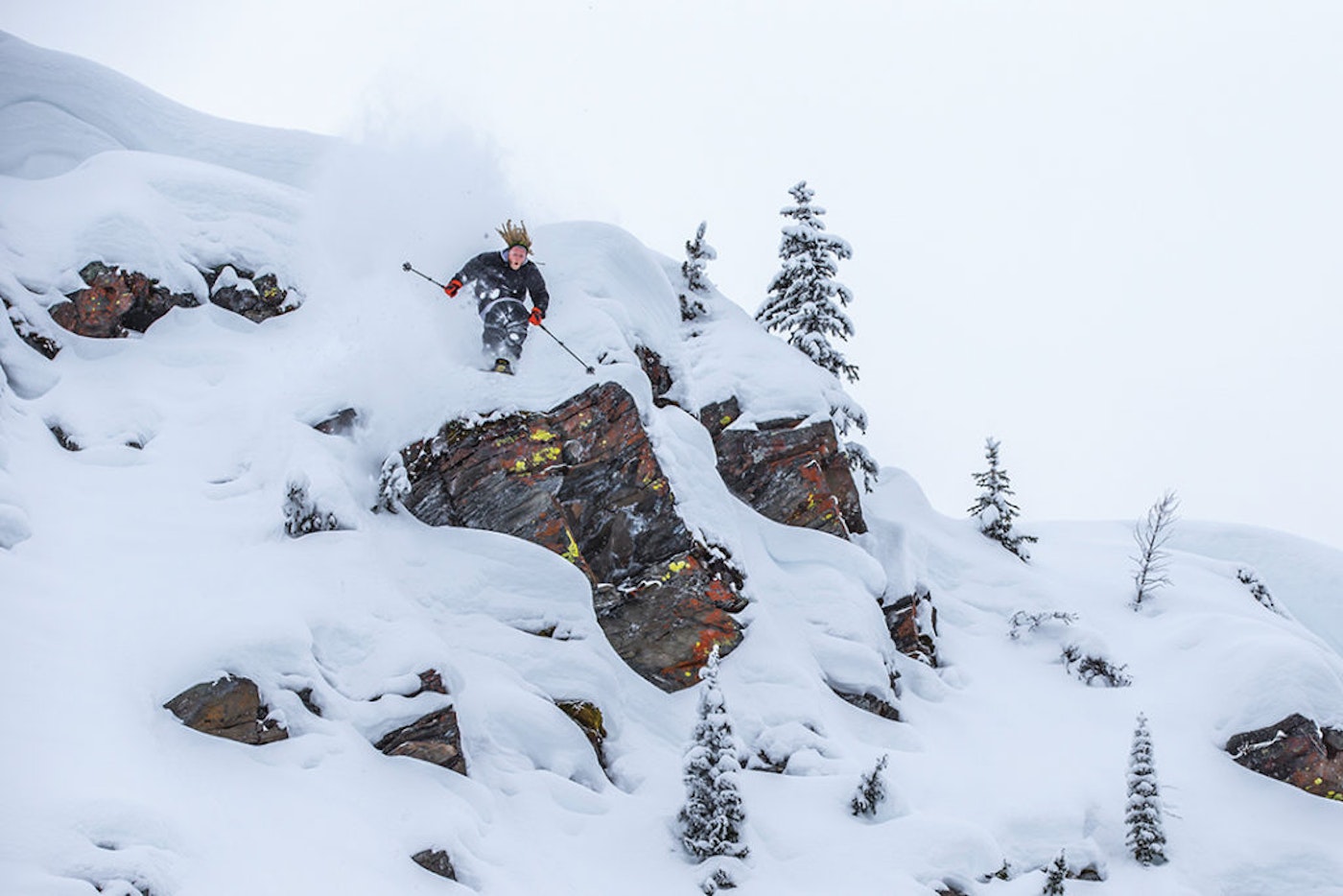
Hall is as comfortable blasting through a pillow line as he is 20 feet out of a halfpipe. Photo by Will Wissman.
“The plan is to kind of go all over the place and cut out a lot of plane tickets, hotels and other costs,” Hall tells me, still enthusing about his new home on wheels. “I wish I would have figured this out a bit earlier, because the way the economy’s going and the way the world’s going, I think it’s just better to be able to pick up and leave and be mobile whenever you need.”
“[The van] is especially great for skiing,” he muses. “To just be able to pull up to Rogers Pass and camp for a couple nights; go to Revelstoke and camp for a couple nights; go to Whitewater, go to Retallack, then go down to Baker, camp a couple of nights… it’s perfect.” He has just charted out a journey that would top most skiers’ lifetime highlight list; a Northwest road trip of this sort is the kind of thing people talk about, but never actually make time for. When it’s Hall you’re talking to, though, you can guarantee that some day in the very near future, when snow is falling heavily from the sky, that Winnebago Sprinter will be pulling up in the lot—each and every one of ‘em.
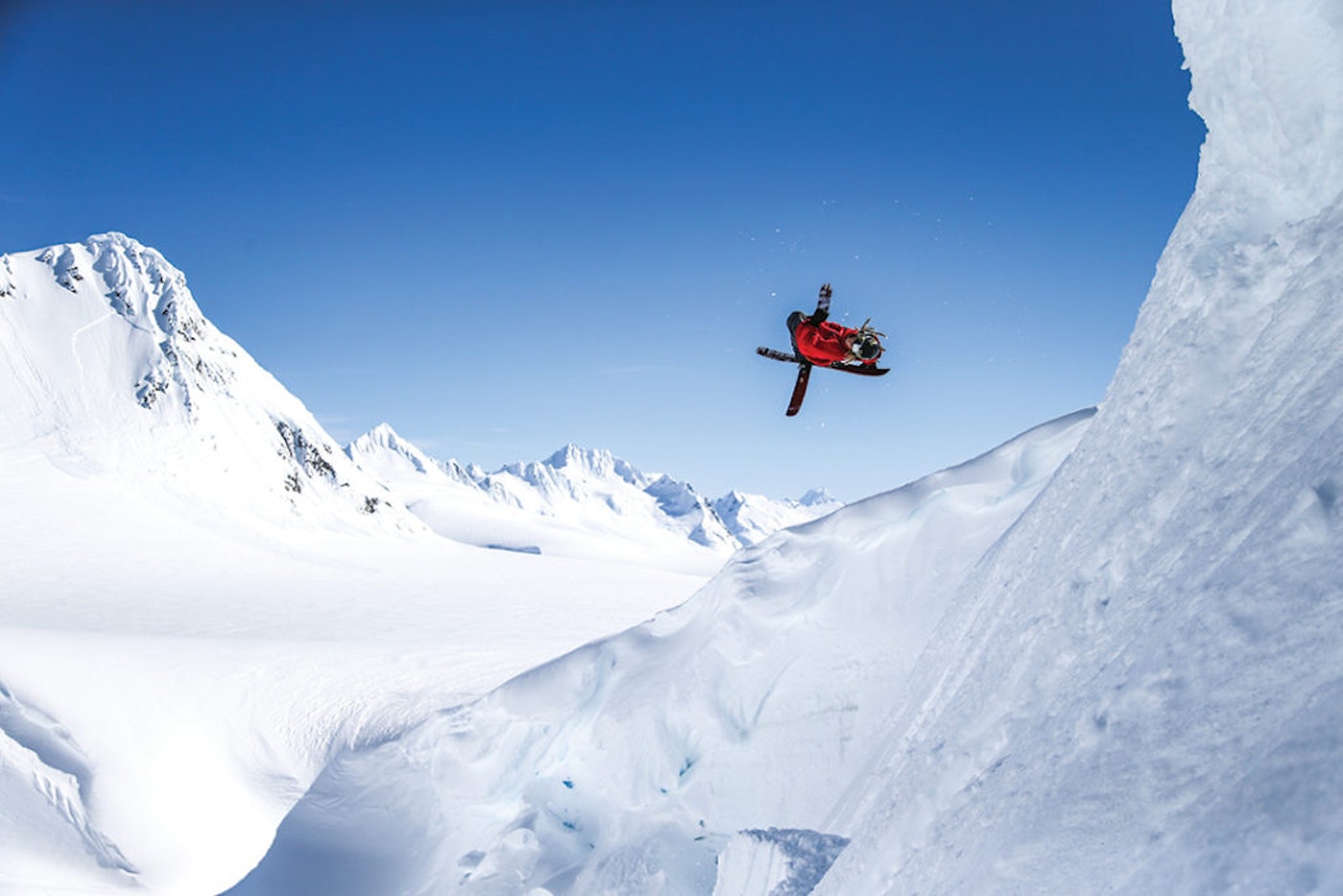
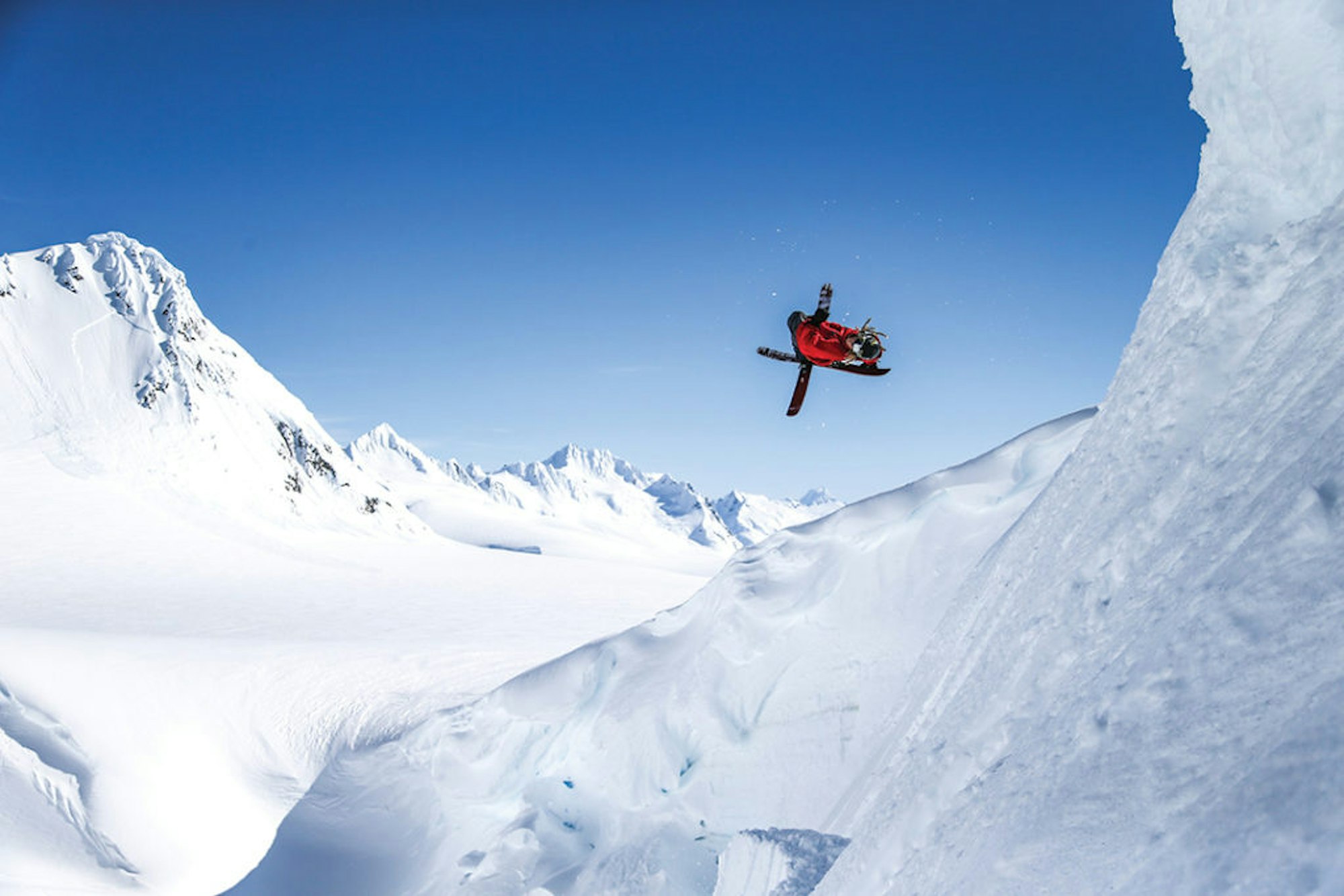
Hall (famously) suffered broken ankles in 2005 and broken legs and blown ACLs in 2009. Crippling injuries led to a bout with prescription-pill addiction—straightforwardly addressed in the 2010 documentary Like A Lion. Through it all, Hall was confronted by the deaths of close friends like C.R. Johnson. By most measures, Hall probably shouldn’t be skiing today. He certainly doesn’t need to be, having already accomplished more in a professional skiing career than most dream of. He’s the holder of more X Games medals than any other skier and he also boasts freeskiing’s most enduring bad-boy image since Glen Plake. In recent years, Hall successfully transitioned his skiing to a backcountry focus and has continued to relentlessly churn out film segment after film segment, movie after movie. His passion for skiing is simply inextinguishable; it’s what’s carried him through his toughest moments.
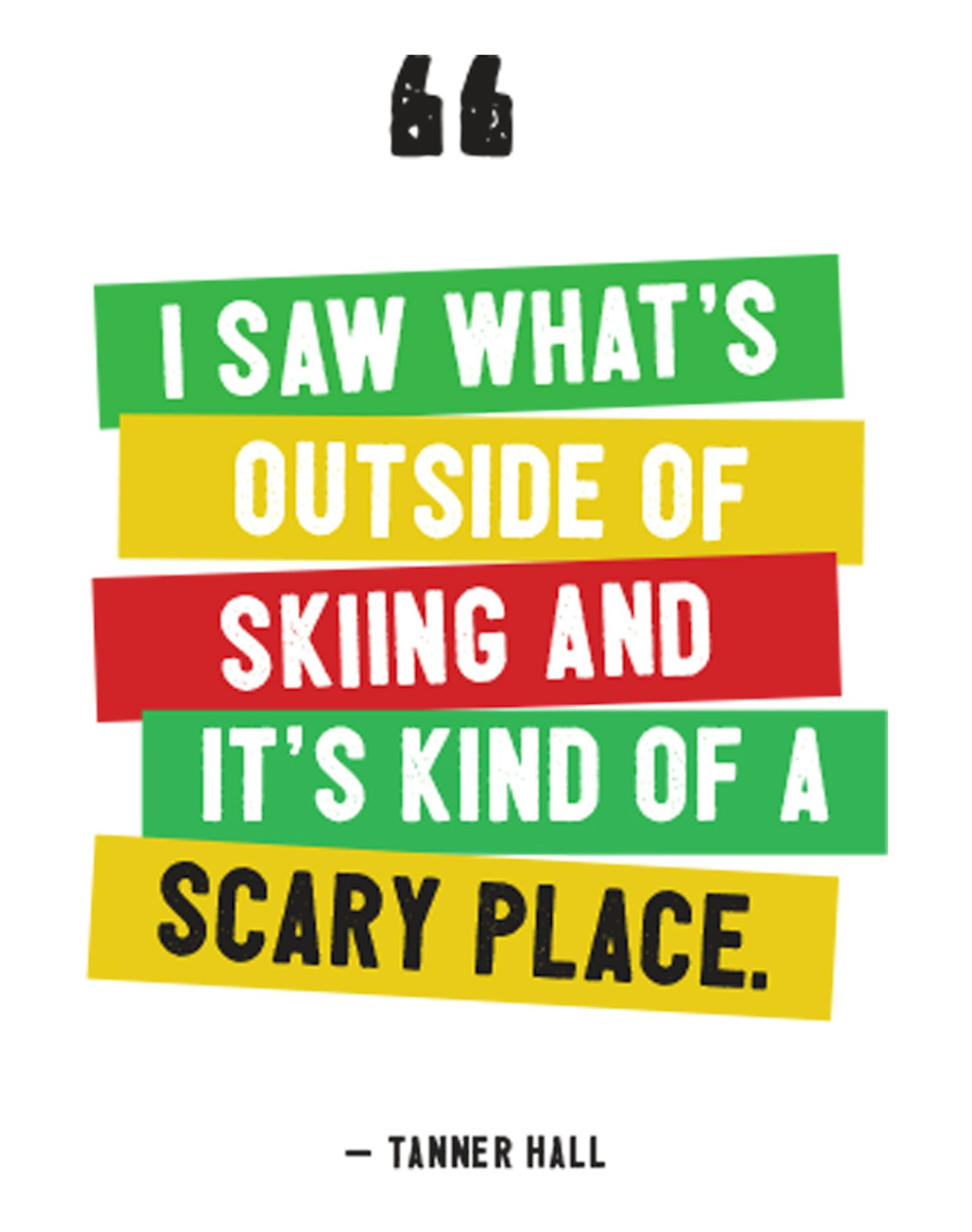
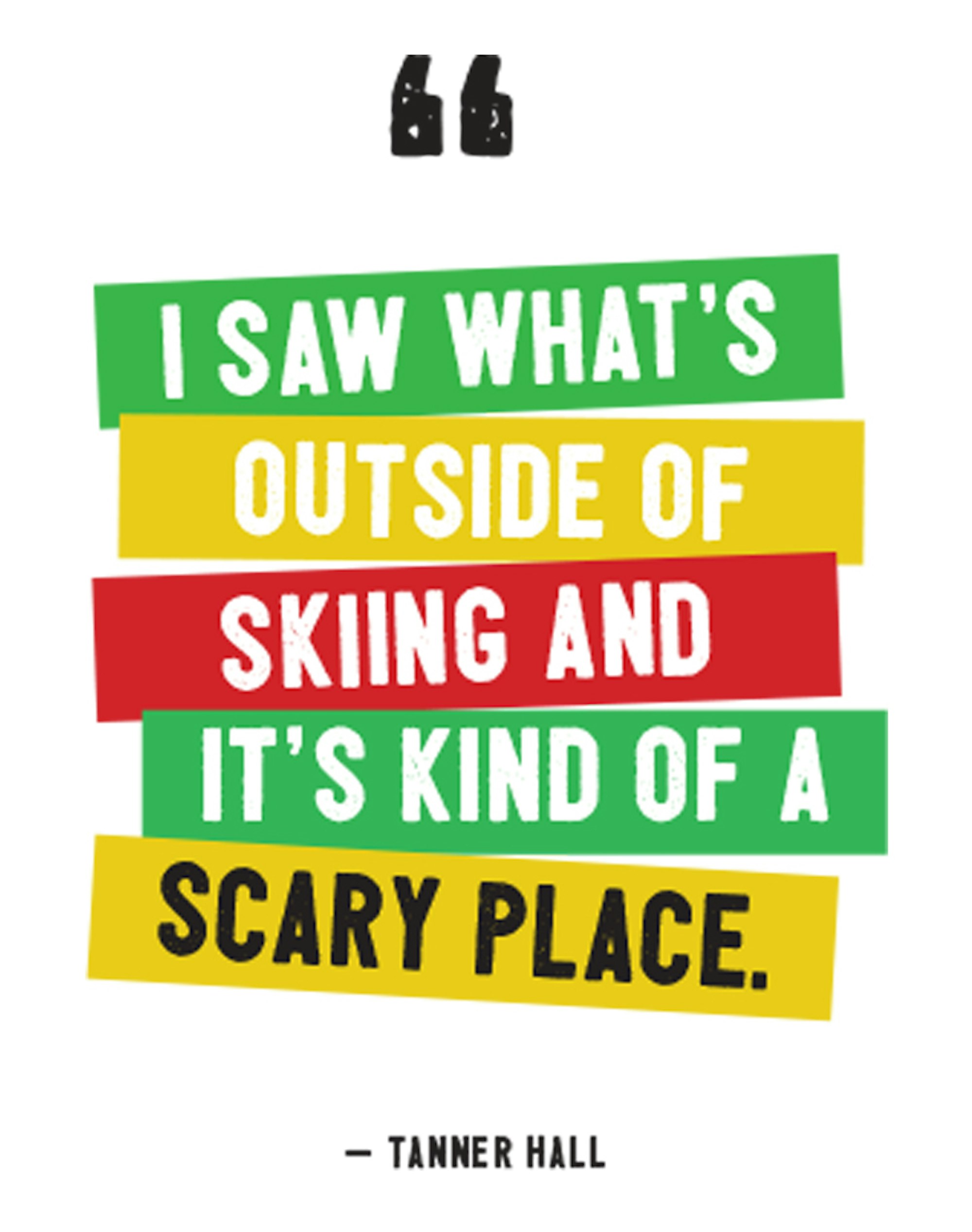
“Everyone else would have quit,” says Hall’s longtime friend and film producer Eric Iberg. “They would have quit after the first injury, or they would have quit after the second. And that’s the most amazing thing about Tanner: He ain’t going to quit. He’s a skier. That’s his sh#t for life.”
“Skiing just makes me happy,” Hall explains. “I saw what’s outside of skiing and it’s kind of a scary place. You can find yourself in a deep, dark corner. With skiing in your life, being in the mountains with friends, in nature, getting out there and having a sense of accomplishment, that’s what life is all about. That’s how you keep going and don’t get stuck in a rut. Everyone has to find their own zone and this is mine.”
Hall has poured enough blood, sweat and tears into skiing over the years that one might think he’d be all dried up. No one could blame him if he called it a day and turned it down a notch. You know… buy a house, start a family, make a few appearances annually with sponsors and ski powder on the side. But, Hall’s new film Ring The Alarm proves he’s still driven, still creative, still pushing boundaries and still chasing down that ski bum dream.
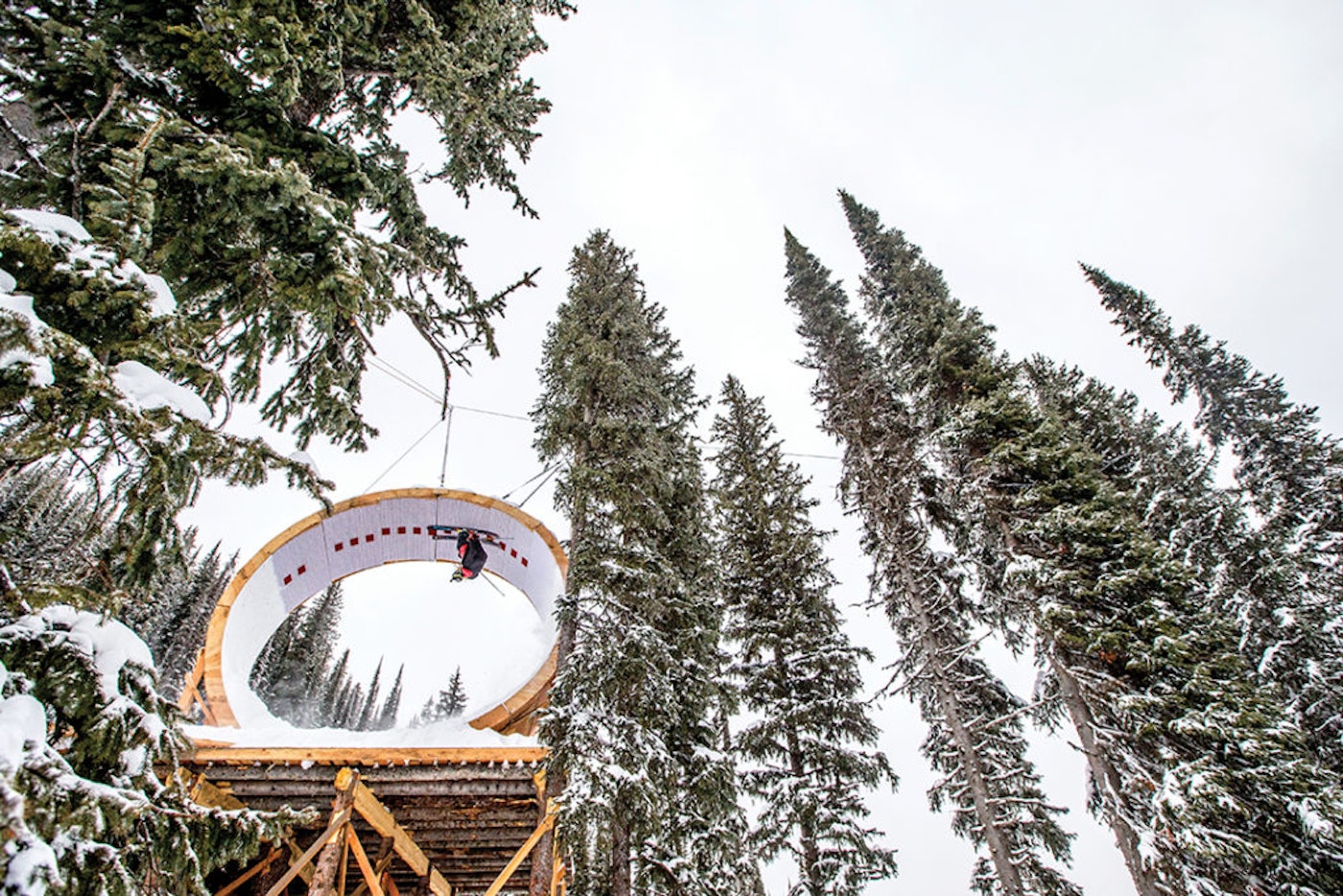
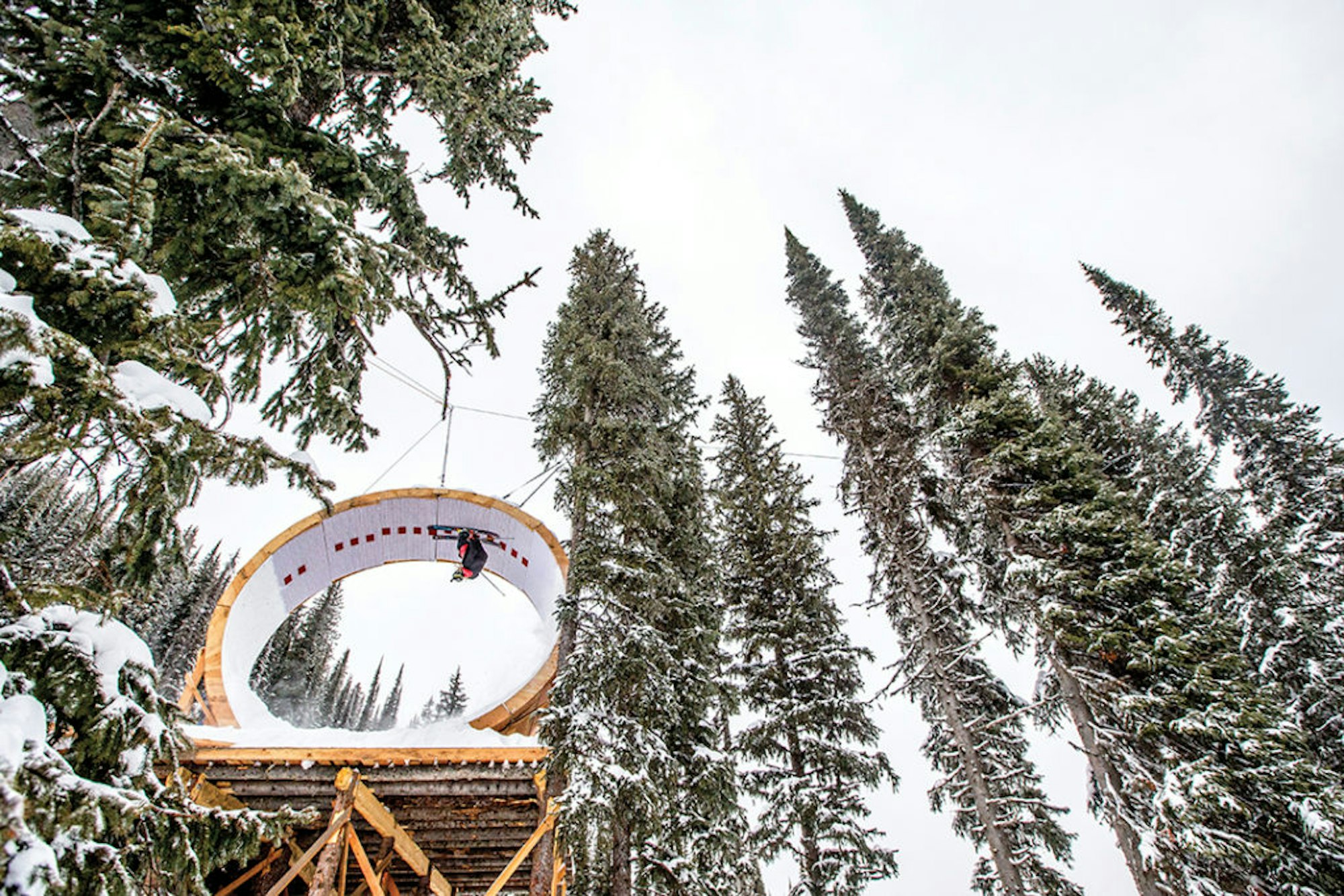
Ring The Alarm is a mad pastiche of two seasons’ worth of Hall’s adventures and misadventures. It features appearances from Ian and Neil Provo, Todd Ligare, John Spriggs, Sam Cohen, Lucas Wachs, Sammy Carlson and Forster Meeks and revolves around two heavy Alaska segments, with plenty of powder blasting across western North America in between.
The film showcases the Ski Boss exploring his craft in ever-new ways, like backflipping into a steep Alaskan face, improving his backcountry butter game and riding a Hot Wheels-inspired loop. The latter, in particular, is an unexpected highlight of Ring The Alarm; it’s a new take on the snow loop constructed and completed by JP Auclair and Anthony Boronowski in Poor Boyz Productions’ iconic 2001 release, Propaganda.
“When I was a kid we built Hot Wheels loops in the basement,” Hall says. “After seeing Tony Hawk and some other people do it in their respective sports I was like, ‘I want to do that, too.’ JP and Anthony had done it, but they did it on a loop made out of snow. To get the full Hot Wheels effect, I knew we’d have to build it with a hard frame.”
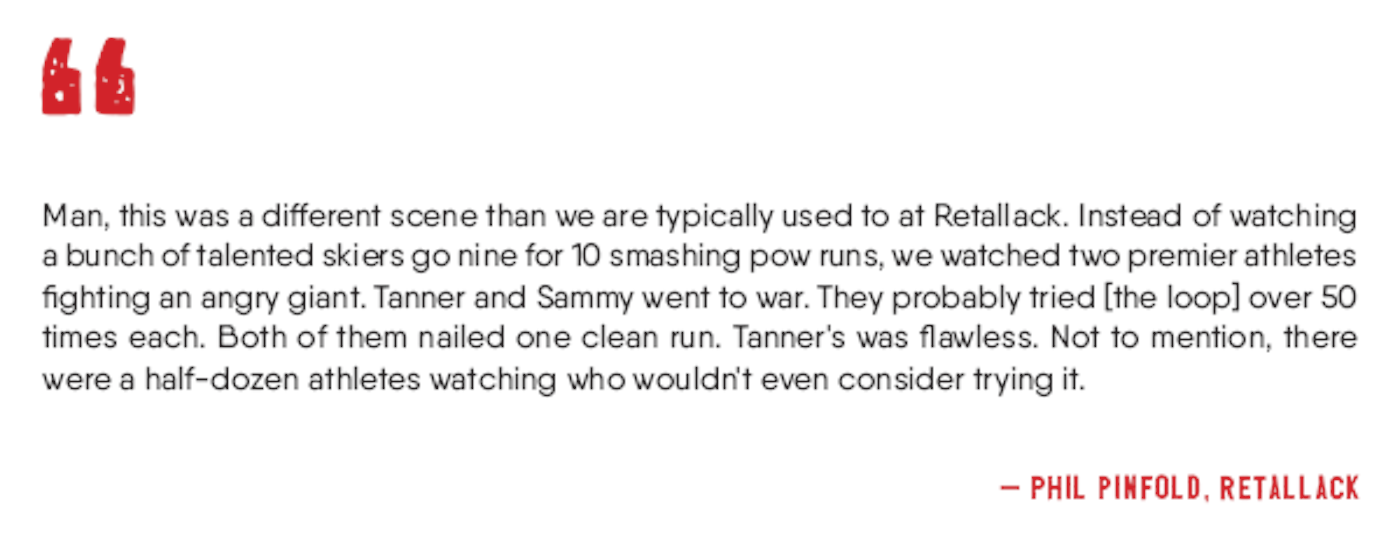
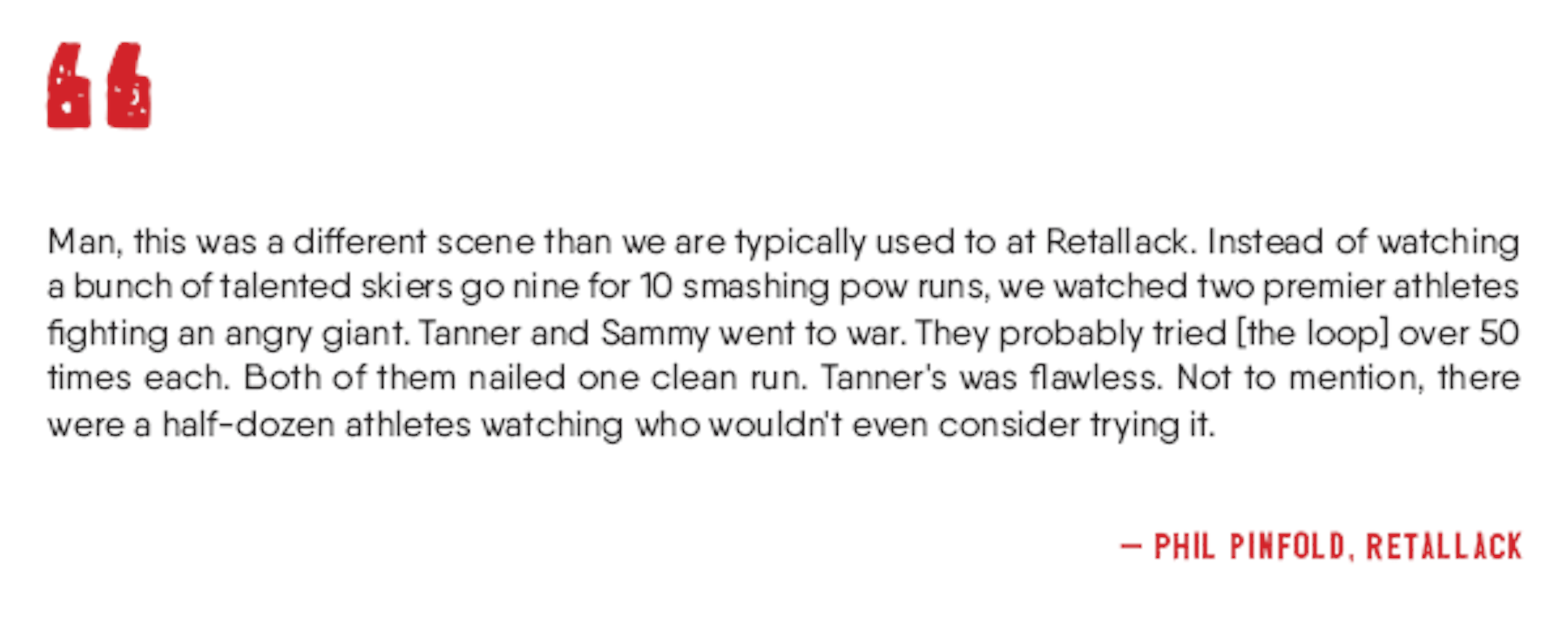
Photographer Will Wissman—whose company Stellar Media captured most of the footage seen in Hall’s latest project—was surprised by Hall’s dedication and motivation.
“He’s one of the nastiest ski bums I’ve ever met,” says Wissman, presumably meaning “nasty” in a positive sense—though that could be debatable, what with the mountain-man beard, the dreadlocks and all. “He just wants to be on the hill. We’d get back from a 12-hour day filming at Retallack and he’s got his skis on down at the base area, trying to jib a little stump.”
“We did that loop and had a big blowout party afterwards… and who’s the first one up the next morning ready to shred again? It’s Tanner,” Wissman adds.
Tanner’s drive and passion have propelled him to his greatest successes, but they’ve also exposed him to no small share of risk. It’s not all fun and games in Ring The Alarm, with the Alaska-based segments adding gravity to the finished package. The first Alaska scene, for example, showcases avalanches triggering left and right, providing potential fodder for safety-minded critics and possible evidence of Hall pushing his skiing too far. Another bit highlights a chilling camping experience on Riggs Glacier, west of Haines, where the crew was mercilessly pounded by 15 feet of snowfall over nine days while huddled in their tents.
“That was the closest I’ve come to thinking, ‘We might die,’” Hall recalls. “I knew we were going out in front of a big storm, but I didn’t know it was going to be a hurricane with snow.”
After 11 days on the glacier, Hall caught a bush plane to safety along with Spriggs and cinematographer Peter Alport, while the Provo brothers stayed behind with sights set on summiting and skiing “Tomahawk,” a popular stop for heli-ski operators in the area; the two accomplished the feat on their 18th day in the wilderness. It was a humbling experience, Hall says of his time on Riggs Glacier, and a sign of boundaries that the man is not ready to cross.
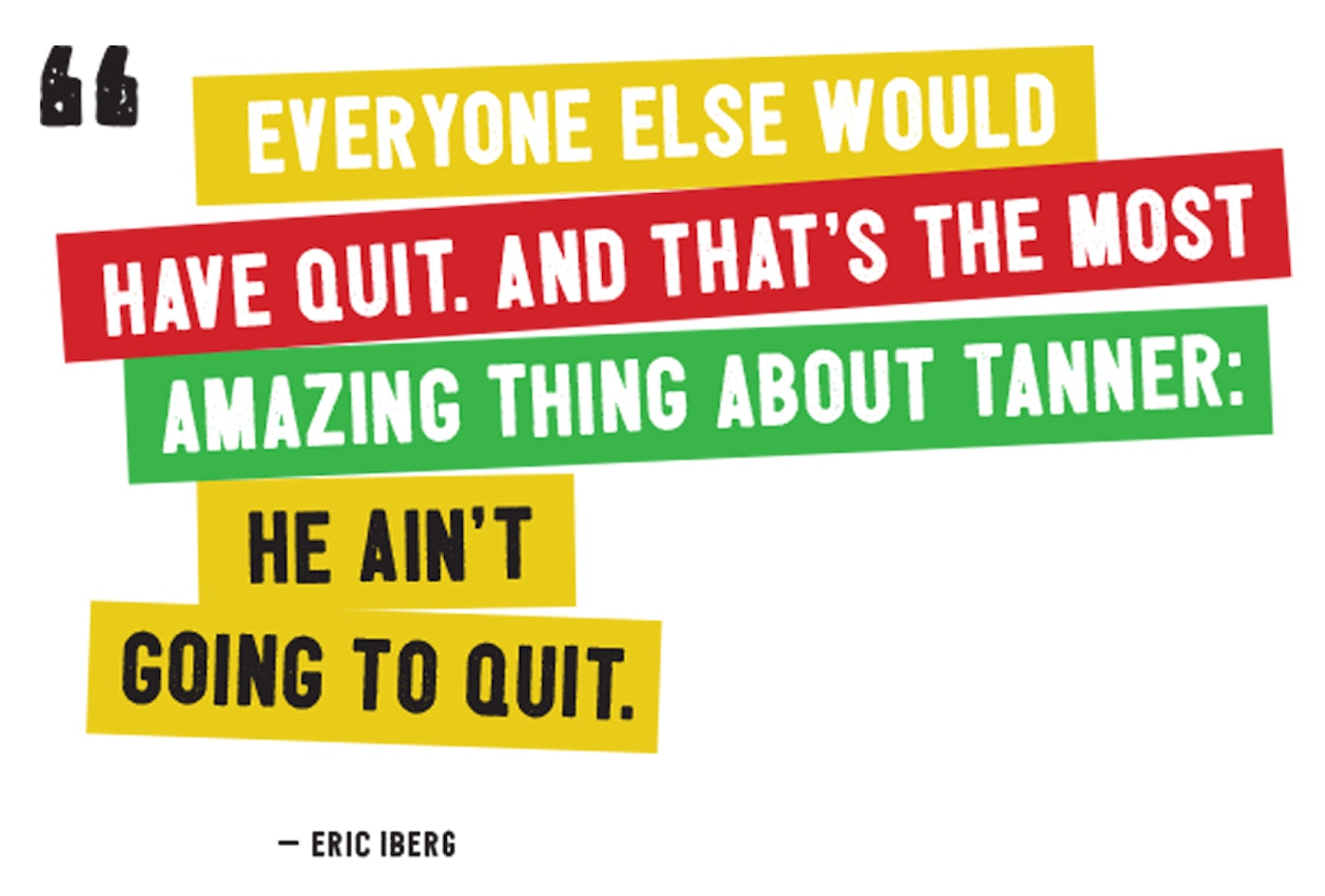
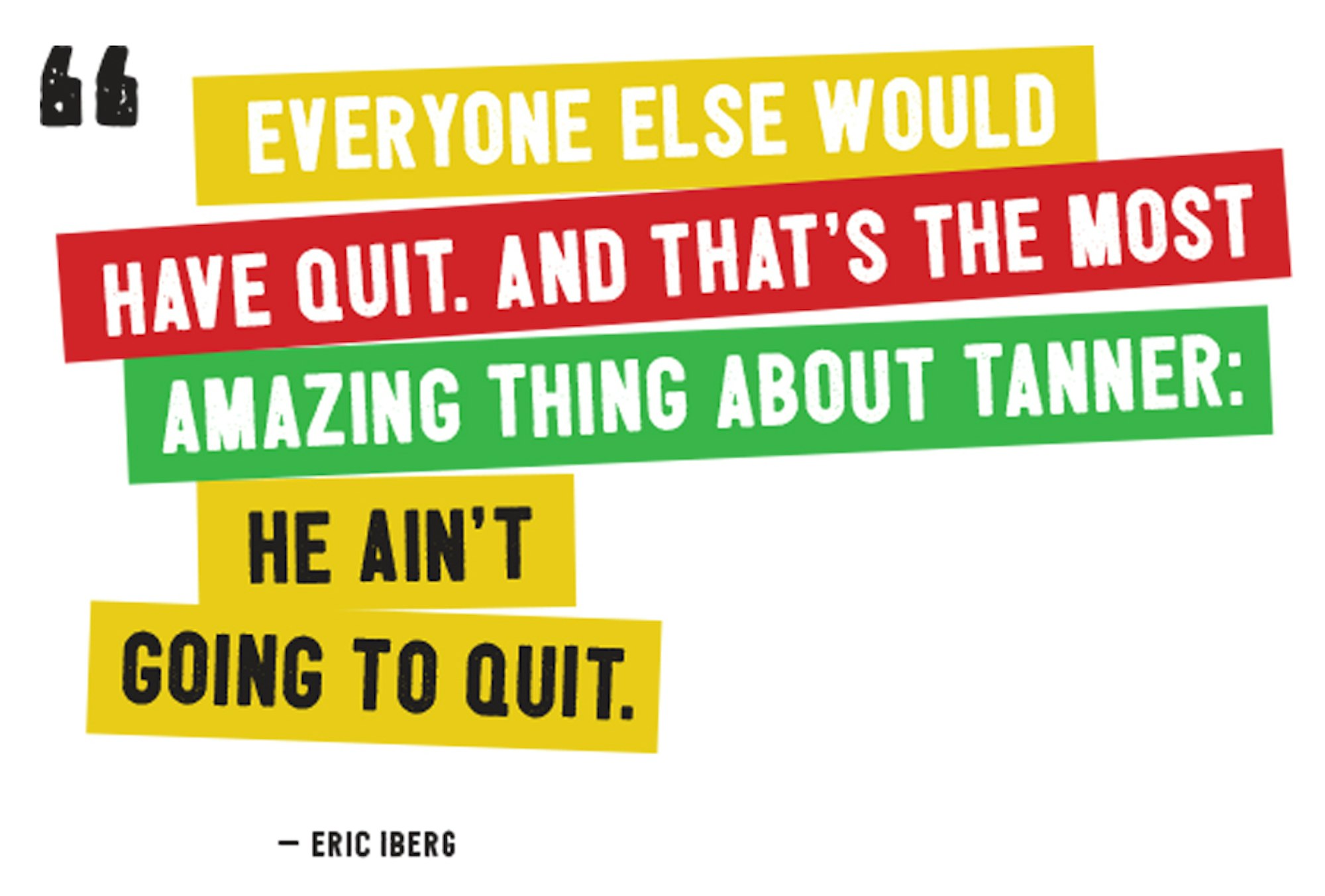
“That was my first time snow camping,” he admits. “I probably should have warmed up to it a bit first. To winter camp and hike and ski those lines, you have to be okay with being pretty miserable sometimes. I have the utmost respect for people who do that, but I just want to enjoy skiing.”
Armed with a Sprinter camper van and ready to chase snowstorms all around western North America, it seems Hall is poised to do just that.
Hall says he’s committed to “keeping the dream alive and keeping the quality of life up.” He adds, “If that means taking better care of my body and mind, being a little smarter, then so be it. It’s time to grow up and mature a bit and be able to stay in the mountains for the rest of my life, because without mountains, I don’t even want to imagine where I’d be.”
“Skiing is the best thing in the world, and it brought me the best things in my life and gave me the life that I’m living today,” Hall says. “I wouldn’t give that back for anything.”
Spoken like a true ski bum.


The loop was constructed of eight identical parallelograms, curved in such a manner that when bolted together, they formed a helix.
Each of the eight sections weighed approximately 350 pounds.
Cable high-line was used for construction; it was half an inch thick, ran 200 feet from tree to tree and was 50 feet off the ground.
The loop was partially constructed in Nelson, BC, by Keith Berens of Live Metal Studios, with additional help from Moss Patterson who did the woodworking.
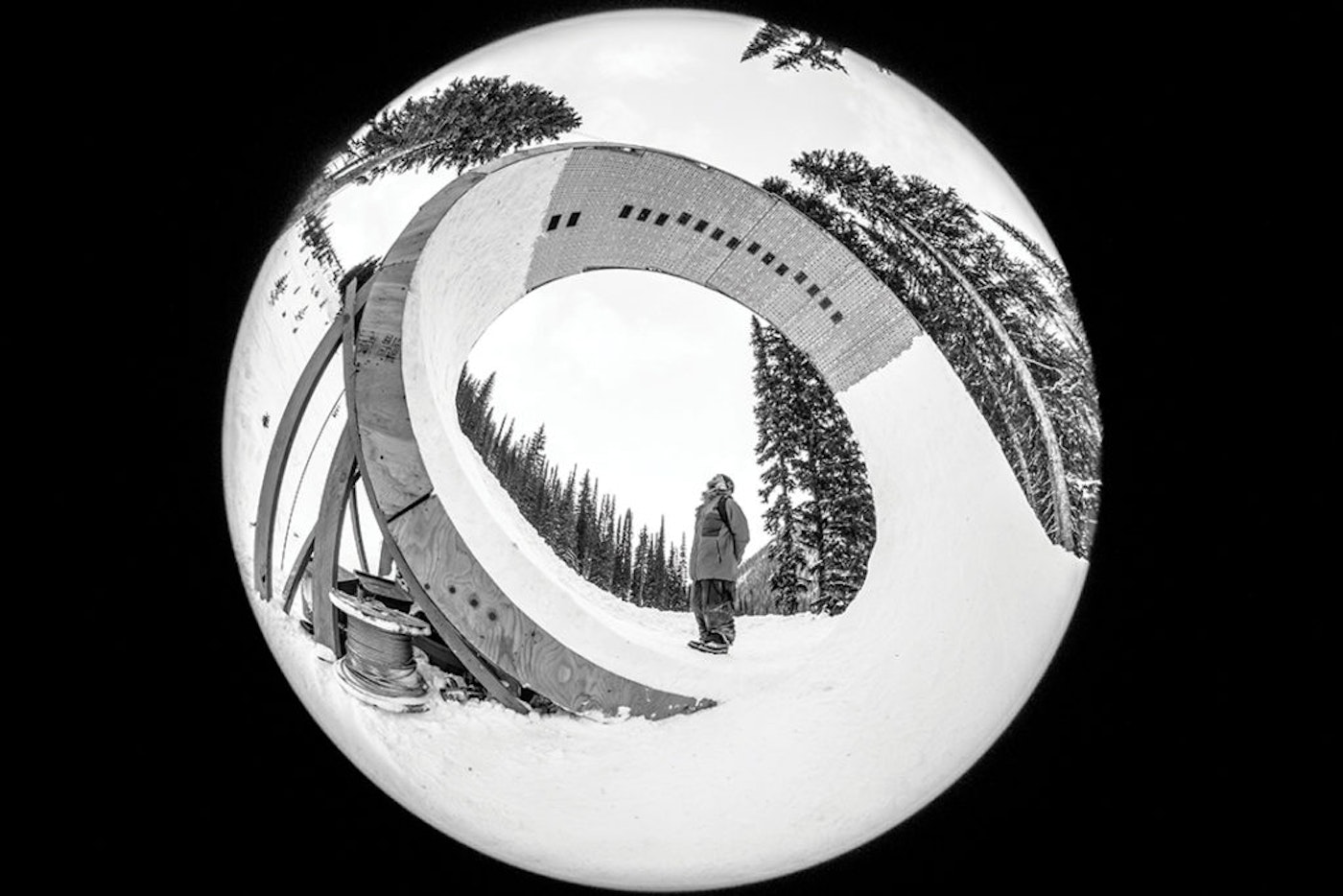
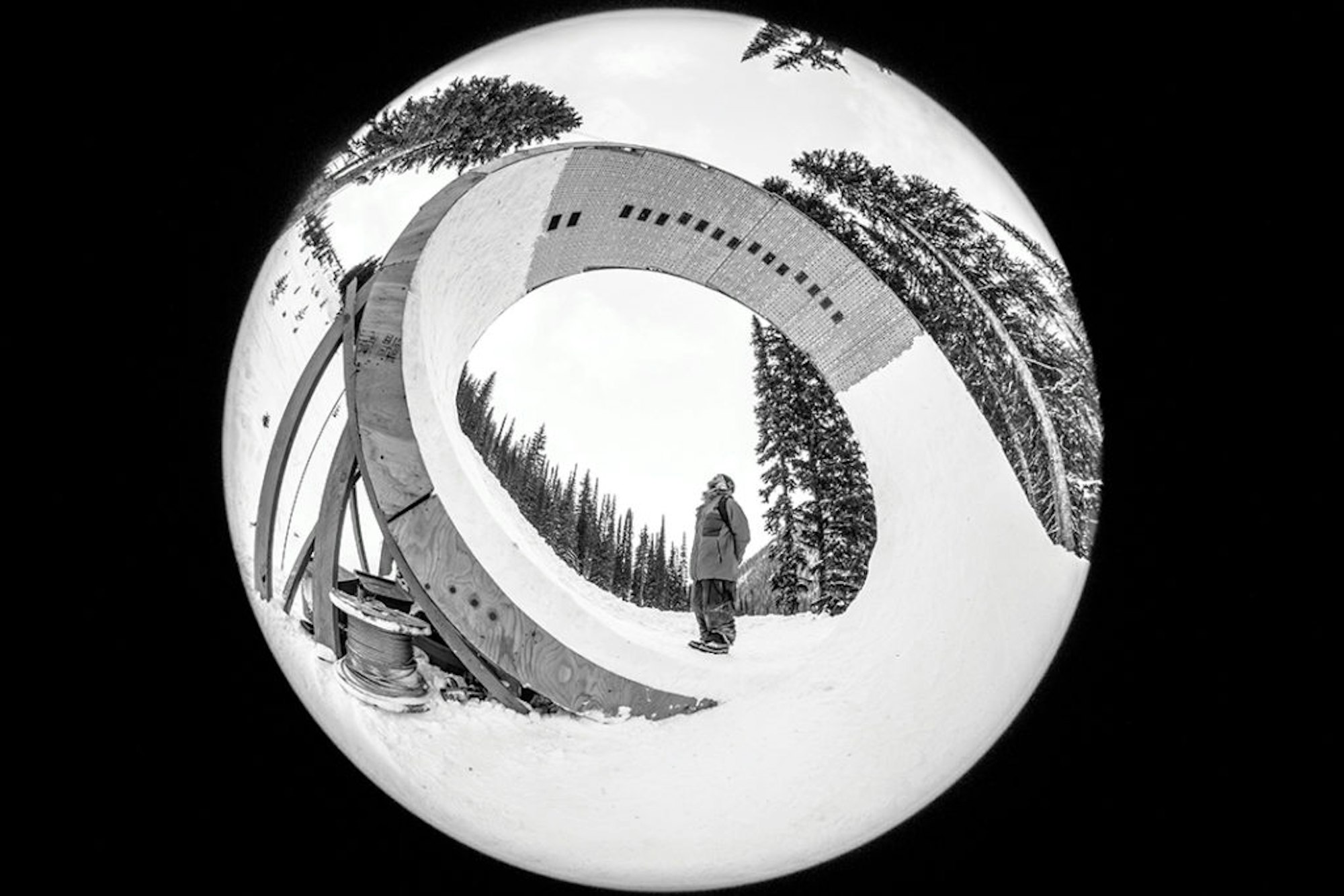
Examining the beast. Photo by Will Wissman.This story originally appeared in FREESKIER magazine, Volume 19, Issue 3, The Backcountry Issue. Click here to subscribe and receive copies of FREESKIER Magazine delivered right to your doorstep.

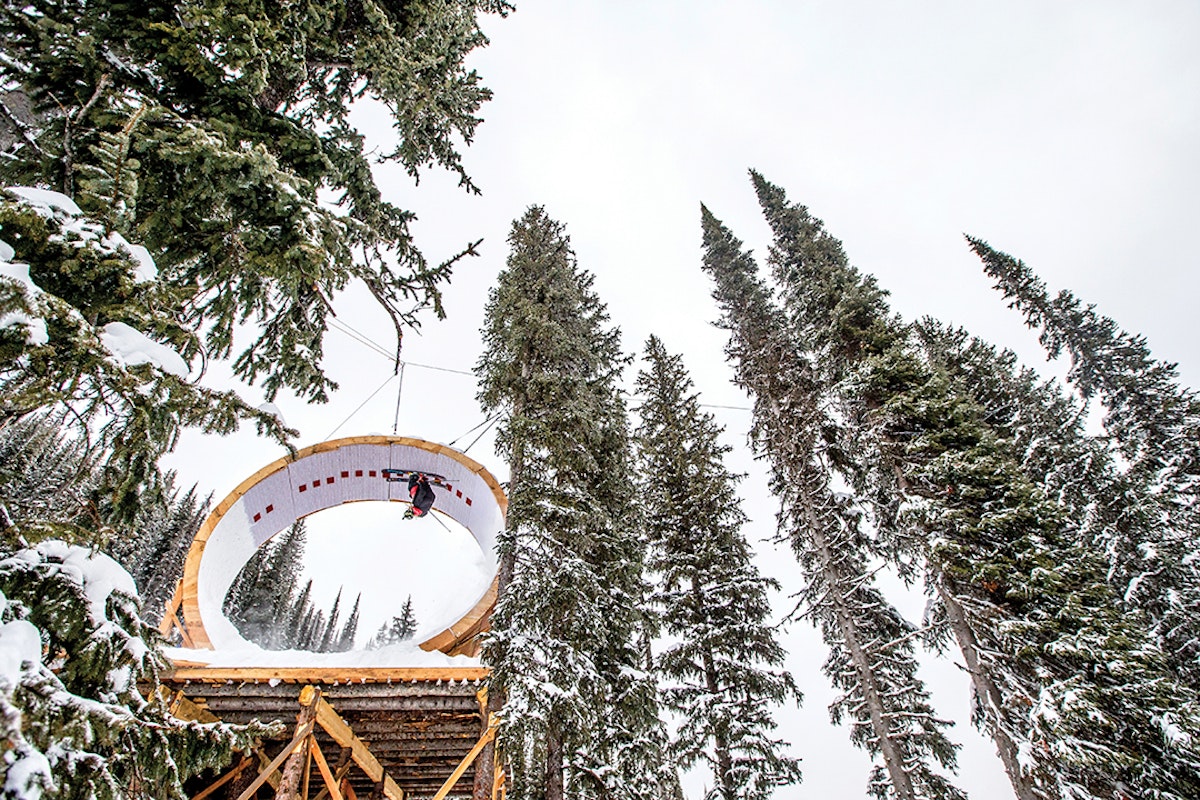

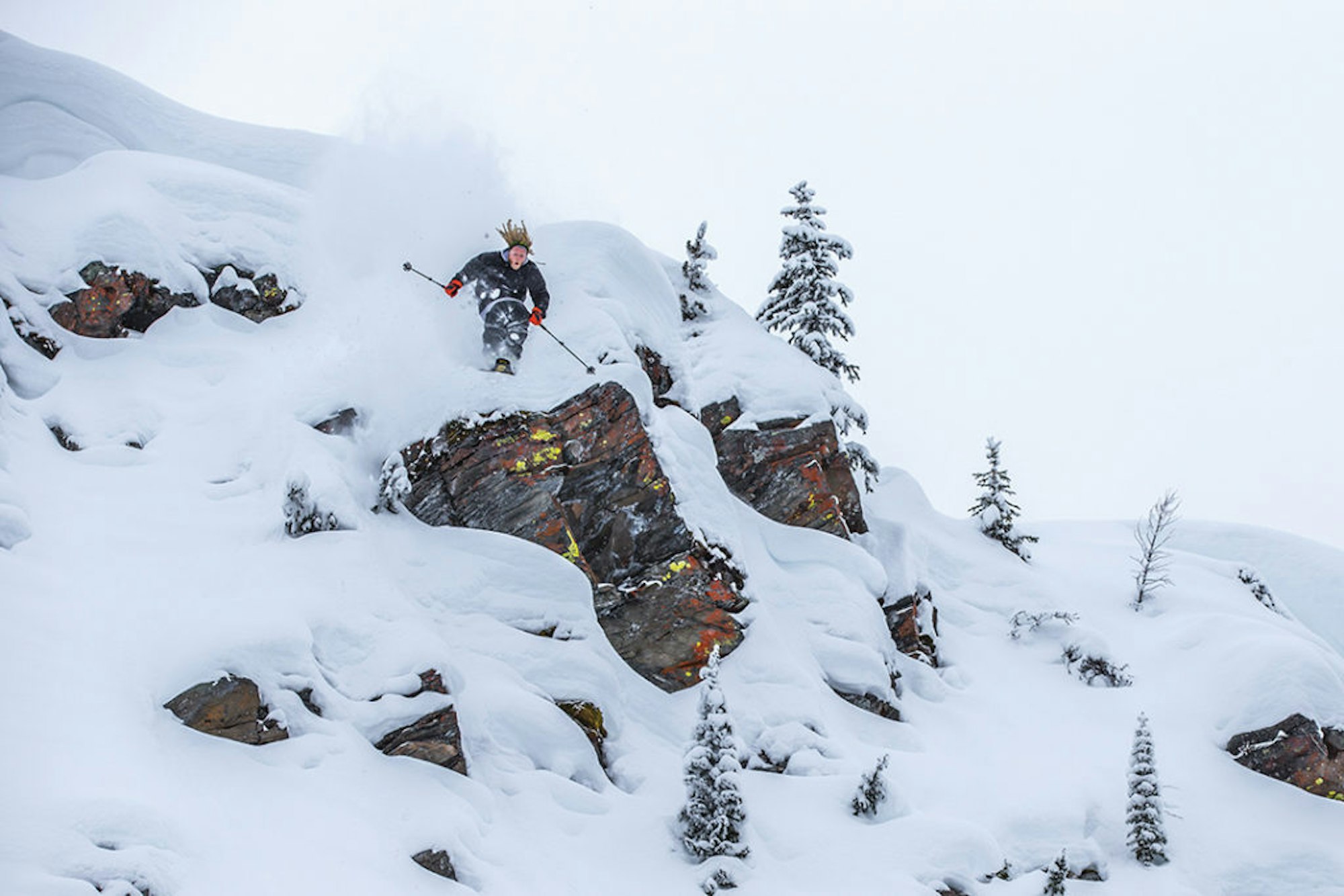


![[GIVEAWAY] Win a Head-to-Toe Ski Setup from IFSA](https://www.datocms-assets.com/163516/1765920344-ifsa.jpg?w=200&h=200&fit=crop)
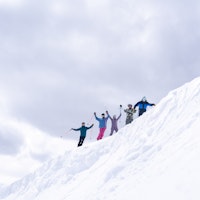
![[GIVEAWAY] Win a Legendary Ski Trip with Icelantic's Road to the Rocks](https://www.datocms-assets.com/163516/1765233064-r2r26_freeskier_leaderboard1.jpg?auto=format&w=400&h=300&fit=crop&crop=faces,entropy)
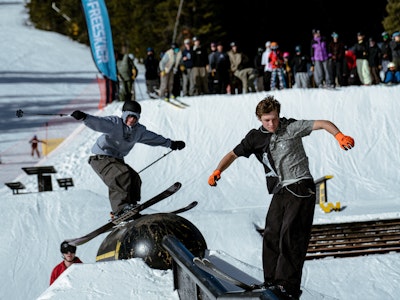




![[GIVEAWAY] Win a Head-to-Toe Ski Setup from IFSA](https://www.datocms-assets.com/163516/1765920344-ifsa.jpg?auto=format&w=400&h=300&fit=crop&crop=faces,entropy)

